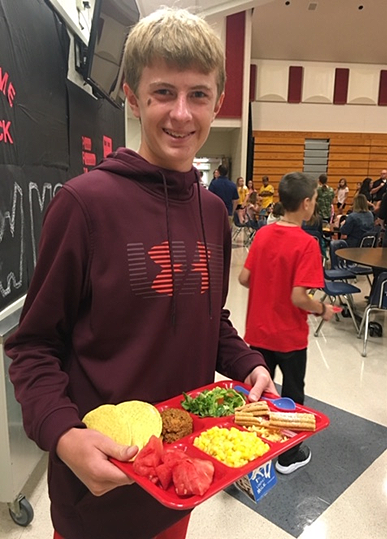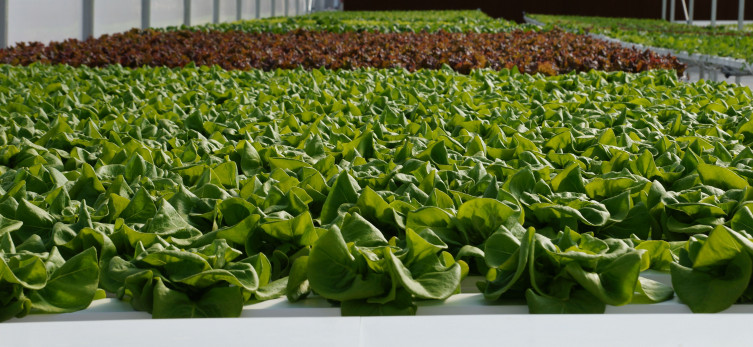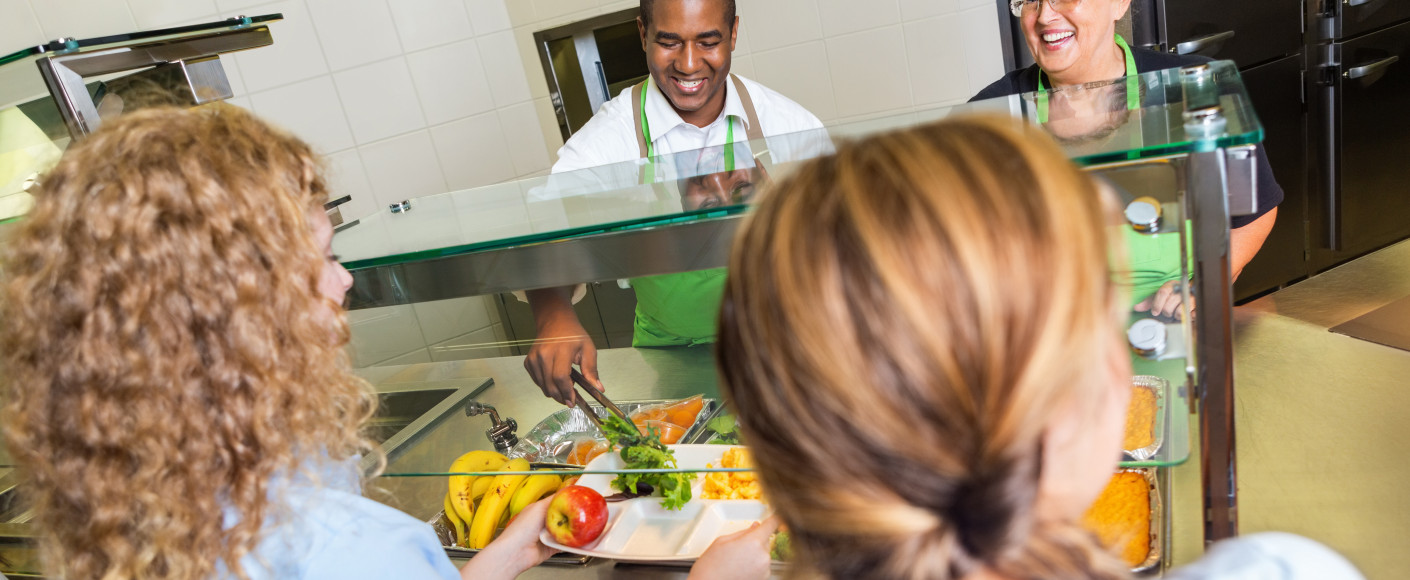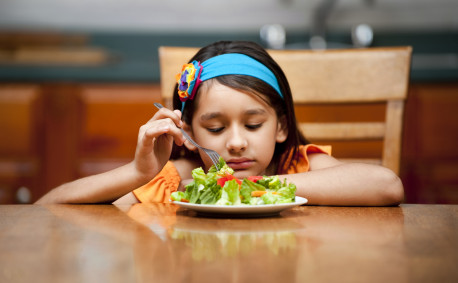Farm to Plate Programs Are a Big Hit in Kansas Schools
Eating local isn’t a movement just for fancy restaurants. Thanks to the Kansas State Department of Education, it’s also for school lunches. No more scoop of mush on a tray. Farm-to-plate programs throughout the state are helping schools incorporate local meats, vegetables and fruits in their lunches. The best part? The kids are really embracing it!
Local Food in Schools
“These are really good!”
It’s not every day you hear kids talking about how good lunch is in the cafeteria, but at Pike Valley High School in Scandia, in north central Kansas, Katie Carlgren, agriculture education instructor and FFA advisor, hears it all the time.
“We think kids won’t notice these things, but they definitely do. They talk about how the hamburgers taste better,” she said. “I think this program has engaged them to be more conscious about what they’re eating.”
Pike Valley’s program started with a local beef producer who donated some meat to the school. From there, it’s grown to include pork, as well as food the students grow in a greenhouse as part of the school’s agriculture curriculum.
“It’s been a win for the students from an educational and nutritional perspective,” Katie said. “It’s also an opportunity for community engagement. Everyone involved is benefitting from this in some way.”
 Each school works a little differently within the Farm to School program’s framework, depending on the needs of the school and the capabilities of the farmers and ranchers in the community. Katie sees a real value in these partnerships and said she’d “absolutely encourage” other schools to see what the program can support in their areas.
Each school works a little differently within the Farm to School program’s framework, depending on the needs of the school and the capabilities of the farmers and ranchers in the community. Katie sees a real value in these partnerships and said she’d “absolutely encourage” other schools to see what the program can support in their areas.
“It’s really important to be engaged with the people involved in growing our food. We can learn a lot from those individuals who provide us with wholesome, healthy products. And we can give our kids an opportunity to learn, investigate, ask questions and be in tune with their world,” Katie said. “It also helps us take ownership of the nutritional aspect of the food we put in our bodies and give our children.”
Clearly, eating local is a hit at schools. But what about with the producers who contribute food to these programs?
Local Farmers Feeding Kids
We caught up with Dan and Carol Buck of 4B Farms in Grinnell in western Kansas to get their take on the program.
 “We grow lettuce and herbs year-round in a hydroponic greenhouse. We’ve been supplying schools, hospitals, grocery stores and restaurants in our area,” Carol said. “The schools have found that the kids will eat our lettuce rather than throwing it away.”
“We grow lettuce and herbs year-round in a hydroponic greenhouse. We’ve been supplying schools, hospitals, grocery stores and restaurants in our area,” Carol said. “The schools have found that the kids will eat our lettuce rather than throwing it away.”
That’s right — fresh produce means kids will actually want to eat their fruits and vegetables!
Dan and Carol got started in the school program when some teachers bought their lettuce at a local home and garden show. They were impressed and spread the word.
“The next thing I knew, we were invited to a nutritional meeting with the program’s director,” Dan said.
That was in 2018. Since then, they’ve had four schools sign on to participate in the program with them.
The couple said seeing their business grow is rewarding, but not as rewarding as making a positive impact in their communities.
“So many people are so far removed from the farm these days. It’s important to get kids to see where their food comes from,” Carol said. “We’re helping them understand this comes from our backyard—and they love it!”
“Taking lettuce to schools, feeding young children, going to nursing homes and hospitals, feeding patients—that really makes us work hard to provide a safe, clean and nutritious product for people,” Dan added.
 School personnel and food producers alike are encouraged to see these nutrition programs spark a passion for delicious, wholesome food in students. There’s also a lesson here for all of us: Eating local starts by engaging locally.
School personnel and food producers alike are encouraged to see these nutrition programs spark a passion for delicious, wholesome food in students. There’s also a lesson here for all of us: Eating local starts by engaging locally.
Fast Facts About the Program
If you're interested in getting involved or to learn more about the Farm to School program, visit their website.
All kinds of foods can be part of the program, including:
- Dairy: Milk, cheese and yogurt
- Meat: Beef, pork and chicken
- Grains: Flour, tortillas and pizza crust
- Condiments: BBQ sauce, salsa and more
- Other foods: Eggs, beans and legumes
How wide the "local" area is defined is up to the school system. This can help communities involve more farms.



